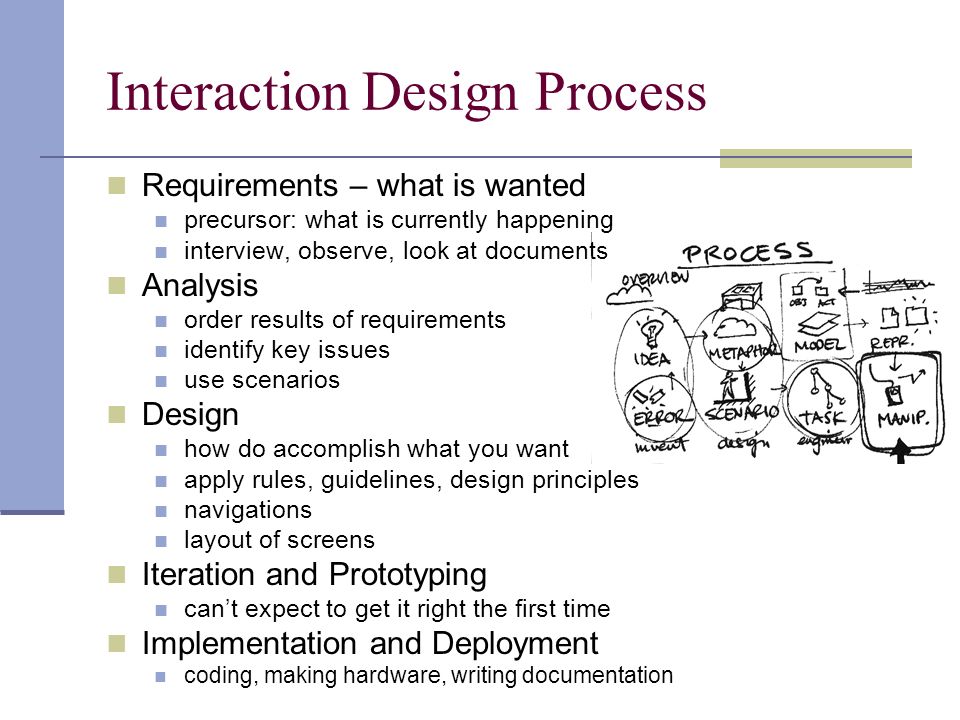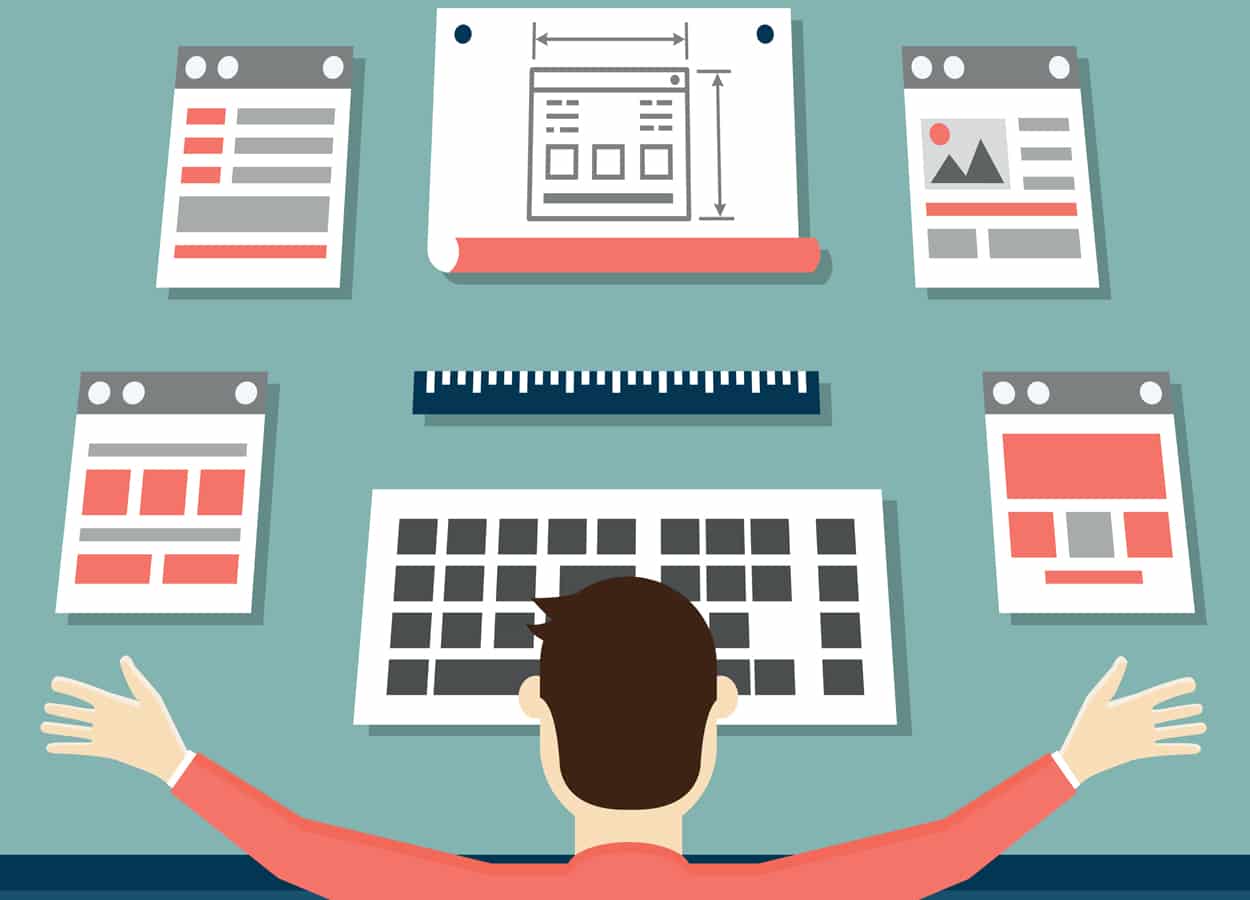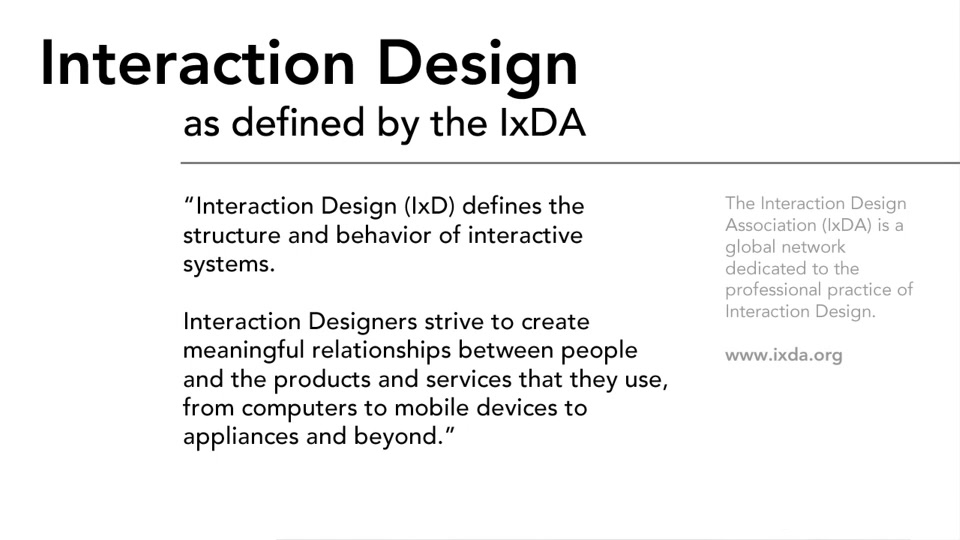Table Of Content

For instance, a short animation or color change confirming a user’s action, like ‘liking’ a social media post. Interaction design falls under the purview of UX design, determining the most fitting interaction style for a given user experience. Regardless of the product, the one thing all excellent products have in common is their simplified design. Users shouldn’t have to waste energy figuring out the functions of different features. A minimalist design offers a few buttons and clear directions, so people can accomplish tasks with only having to make one or two clicks.
Feedback and Response
Interaction designers collaborate with UI/UX designers and developers throughout the design process to create cohesive and functional digital products. They work closely with UI/UX designers to ensure that the visual design supports the intended user interactions and enhances the overall user experience. This collaboration involves sharing insights on user behavior, preferences, and usability findings to inform design decisions and create intuitive interfaces. The role of IxD in human-computer interaction (HCI) is to create user-friendly and intuitive experiences for people using digital products or services.
New to UX Design? We’re Giving You a Free ebook!
For example, you can build a button with default, hover, active and disabled states, each with separate properties and triggers. Central to this practice are the core principles that ensure a seamless experience, such as the Principle of Consistency, which maintains uniformity throughout the interface to support user learning. The behavior dimension focuses on creating an interface that aligns with the user’s mental models, promotes positive emotional responses, and provides the user with control and flexibility. By now, we’ve already established that it’s important to let your users know exactly what is happening behind their screens, also known as visibility of system status.
IXDA
Interaction designers also stay current by following thought leaders (like the notable designers below) on Twitter, and pushing the medium forward themselves. Interaction Design (IxD) defines the structure and behavior of interactive systems. Interaction designers strive to create meaningful relationships between people and the products and services that they use, from computers to mobile devices to appliances and beyond. This involves understanding the context in which the product will be used, identifying user goals and behaviors, and developing design solutions that are responsive to user needs and expectations. UX, UI, and Interaction Design shape distinct aspects of user interactions.
These can involve staying updated with the rapidly evolving digital landscape, tackling varying user demands, or working within tight deadlines. However, a steadfast commitment to enhancing user experience, a knack for innovative thinking, and a persistent pursuit of skill upgrade can help surmount these hurdles. We shouldn’t neglect the myriad of skills that an Interaction Designer must possess.
They are the tools the user and the product need in order to engage and complete the goal — which is always to get the user to achieve their goal. Regularly collecting user feedback and data allows for continuous improvement and refinement of the product’s interactions and overall user experience. Interaction designers often focus on creating meaningful animations and micro-interactions.
Infographic: The Intricate Anatomy Of UX Design - Fast Company
Infographic: The Intricate Anatomy Of UX Design.
Posted: Thu, 31 Jan 2013 08:00:00 GMT [source]
The IxDF Mobile UI Design Course is a four-week journey into the heart of mobile user interface design. You will learn in-depth about what we discussed in this piece and about the world of visual design principles specifically tailored for the small screens of mobile devices. This course covers essential topics such as affordances, signifiers, touch targets and common UI patterns. Learn how to create good interfaces and promote ease of use and task completion. Regardless, it provides you with every opportunity to improve the aspects of your offer.

All open-source articles on the Interaction Design Process
Interaction designers must ensure that digital systems are accessible to all users, including those with disabilities. This involves considering aspects like screen readers and keyboard navigation. An interaction designer is still an IxD whether or not they belong to any particular group. Still, finding other designers is a great way to network and learn from others in the field. All of these associations are available across the United States, and some exist internationally as well. Sketch is a design tool (Mac only), best used for icons or medium-to-high fidelity mockups.
IxD designers carefully consider layout, navigation, and feedback mechanisms to ensure users can interact with the product easily and efficiently. Interaction Design (a pivotal component of UX Design) involves shaping interactions between users and products. Interactive design (IxD) remains a recent addition to the design world; it emerged when screens were designed to accommodate more than just static content. You can learn much more about what interaction design is and how to design interactions in the Interaction Design Foundation’s online courses.
Interaction design is an integral part of the broader field of user experience design. It plays a crucial role in shaping how users perceive and engage with digital products and services. A well-designed interaction can make the difference between a frustrated user and a delighted one. It contributes to the overall user experience by focusing on the micro-level details of interaction patterns, transitions, animations, and feedback. As you’ve probably realized, interaction design and UX design substantially overlap. After all, UX design centers on shaping the user’s experience with a product, and much of this experience comprises interactions between the user and the product.
This iterative process of testing and enhancing the interface underpins a data-driven approach to meeting both user needs and business goals. Designers must consider information architecture, familiar design patterns, customizable settings, and engaging visual design elements to create a user-friendly and intuitive experience. By considering these factors, designers can create a user-friendly and engaging experience that promotes engagement with the product or service. This dimension of interaction design refers to the visual elements of the interface, including layout, typography, color, and images. Designers focus on creating a visually appealing, user-friendly interface that enhances user experience.
UX Matters has a great article by Kevin Silver on the 5 dimensions of interaction design here. As in the case of Google’s Project Soli, we may say sayonara to the mouse, trackpads, and joysticks, and switch to more natural gestural interactions using our hand and fingers to control devices. In certain instances—in conversational UIs for example—input methods may change from keyboard to voice. Nevertheless, the principle of immediate and continuous feedback in some form (voice, haptic and visual) will still be needed. New devices, environments, and interfaces will continue to advance with new interaction possibilities. Video-game controllers are constantly evolving, and provide a diverse array of input controls, as well as haptic feedback.
Shneiderman proposes principles for designing more usable interfaces called "Eight Golden Rules of Interface Design"[12]—which are well-known heuristics for creating usable systems. In 1998, the Swedish Foundation for Strategic Research founded The Interactive Institute—a Swedish research institute in the field of interaction design. See how design choices, interactions, and issues affect your users — get a demo of LogRocket today. Gestures like swiping, pinching, or tapping are often used in touch interfaces design. Good IxD is characterized by responsive design, enabling websites and apps to easily adapt to different screen sizes and devices, greatly enhancing the user experience. These are subtle animations or visual cues that provide feedback and guidance for action.

Its main objectives are to raise user pleasure, promote deeper user involvement, and improve usability. Product success is increased and development is streamlined via interaction design, which employs iterative design and testing. Examples of its influence include social media sites, e-commerce websites, and smartphones, which provide user-friendly gestures, interesting information delivery, and streamlined transactions.

No comments:
Post a Comment